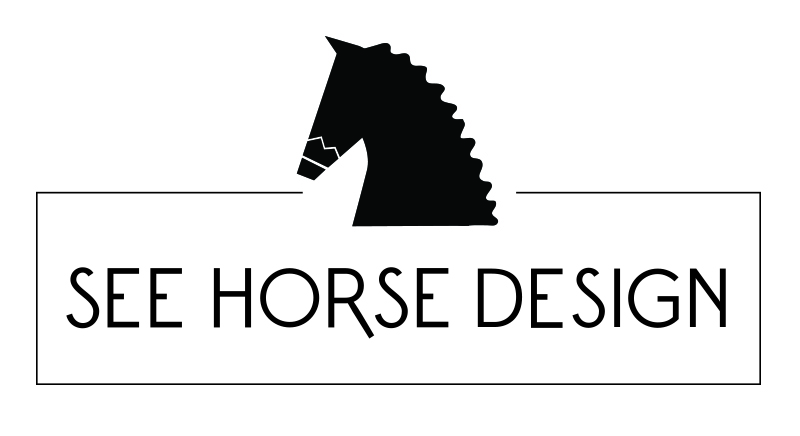Ringbone or…Wingbone?
That’s right, I said Wingbone. With a “W”. Never heard of it? It’s a new one for me too. I got a little worried a few weeks ago when I noticed protruding bumps around Dancer’s front pasterns. I thought it was strange that it was on both front pasterns in the same spot. I monitored them for a few days, hoping and praying they were just bug bites (Dancer has allergic reactions to them). When they hadn’t disappeared within a few days, I looked to Google for answers. Bad idea! (I know, right?!)
All I could find was information about Ringbone. I found that there were various treatments out there that could ease the pain and that Dancer would probably be rideable, but it would start to effect his movement. And, over time, he would probably become lame or have other issues from it. Well, I kind of started freaking out. What if he was already in pain? He showed no signs of lameness or pain when I had observed him in the pasture. Every time I felt the areas for heat or to check the size, he didn’t even respond to pressure in the area. And why were both front pasterns effected in exactly the same are?

Clearly, I had way too many questions. And Google was not even coming close to getting it right. I sent photos to a friend who is an equine vet in another city, and she wasn’t totally sure it was ringbone because of the position. I was advised to get radiographs on both legs. This was seemingly the only option I could think of. I had to know for sure what was going on! Then I remembered that Dancer had an appointment with the farrier coming up the next weekend. I decided to save all of my questions for him and I’m very glad I did!
My farrier was very confident that what Dancer had was absolutely not Ringbone. Although I misunderstood him the first few times he mentioned Wingbone. After Dancer’s feet were looking beautiful again, he went to his truck and pulled out a gigantic book all about horse hooves. He showed me a scientific, interior view of the hoof with all of the details and pointed to the cartilage on either side of the coffin bone. This cartilage hardens and grows as horses age and can become more prominent in some horses – like mine. He assured me it was nothing to worry about, but to keep an eye on him and watch for any signs of lameness. Dancer has been barefoot for years and does great without shoes, so trimming a bit sooner than normal was also suggested, so that the angle and length could be more closely monitored. Then it dawned on me – what he was referring to as “Wingbone” is what most people call “Sidebone”.
I was able to find a lot more information once I had the common name correct! I will definitely consult with my vet in a few weeks when he comes out to give Dancer his yearly shots, but I feel a lot better knowing it’s not Ringbone! (cue dramatic sigh of relief!) And I’ll certainly continue giving him daily SmartFlex supplements to keep him comfortable! For those of you who are curious about what this looks like from the inside, check out THIS WEBSITE that has great X-rays and photos of a horse with Sidebone.
Sorry, the comment form is closed at this time.







katy
interesting. glad to hear he’s okay.